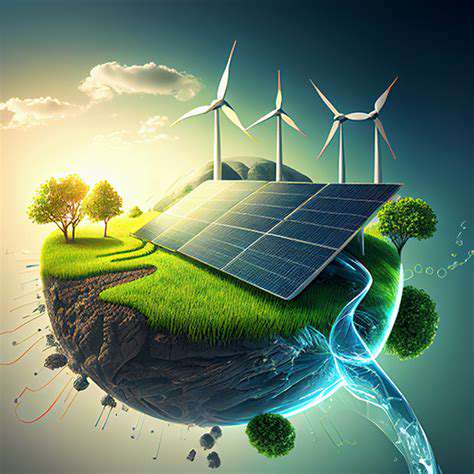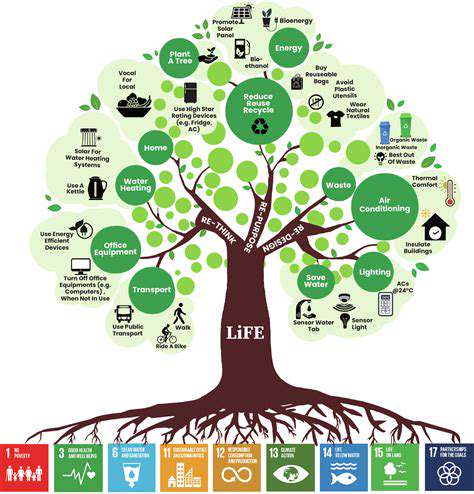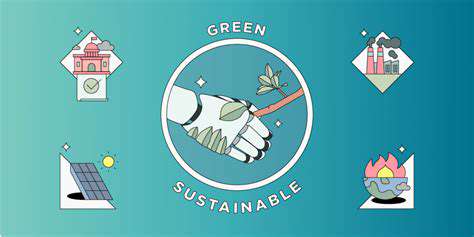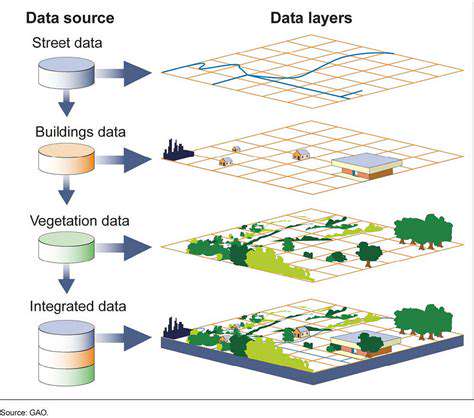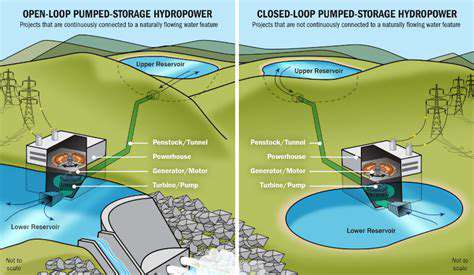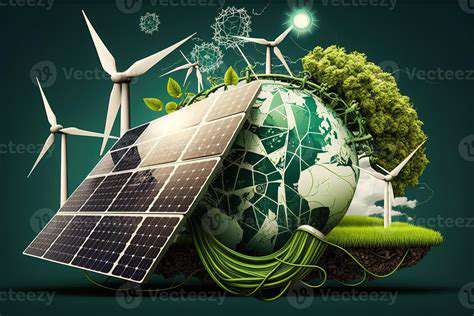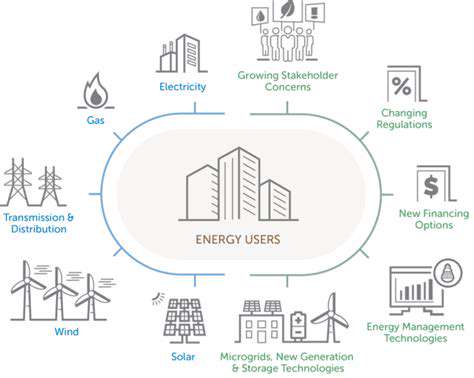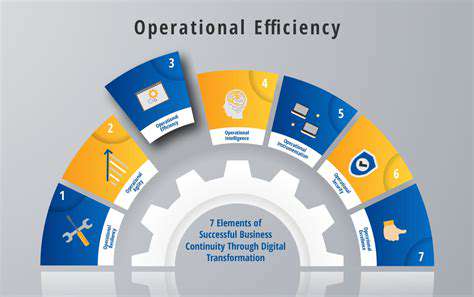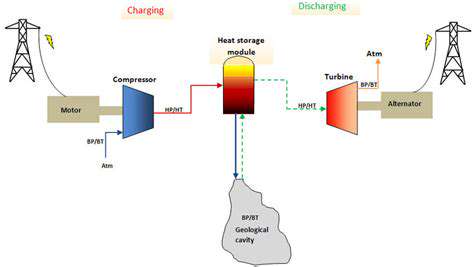Energy Storage for Grid Modernization Initiatives
Types of Energy Storage Technologies for Grid Integration
Battery Energy Storage Systems (BESS)
Modern power grids increasingly rely on battery energy storage systems (BESS) to maintain stability. These systems store electricity through electrochemical processes, primarily using lithium-ion technology, which excels at rapid charging and discharging cycles. This capability makes them indispensable for balancing the unpredictable output from renewable sources like solar panels and wind turbines. Unlike conventional power plants, BESS can react within milliseconds to grid fluctuations, preventing blackouts and reducing reliance on fossil fuel-based peaking plants.
Engineers must carefully evaluate battery options since lithium-ion, flow batteries, and sodium-sulfur variants each present unique trade-offs. Key considerations include how long energy must be stored, the necessary power output levels, and total project costs. Ongoing technological breakthroughs continue enhancing storage capacities while driving down expenses, positioning BESS as increasingly viable for utility-scale applications.
Pumped Hydro Storage
For decades, pumped hydro storage (PHS) has served as the backbone of large-scale energy storage solutions. The method works by pumping water to elevated reservoirs during off-peak hours, then releasing it through turbines when electricity demand spikes. With efficiency rates surpassing 70%, this approach remains one of the most cost-effective options for storing massive amounts of energy over extended periods.
While PHS facilities require substantial initial investments in dams and piping networks, their operational lifespans often exceed 50 years. Developers must carefully assess environmental impacts, particularly regarding land use and aquatic ecosystems. Nevertheless, regions with pronounced seasonal demand variations find PHS invaluable for maintaining grid reliability throughout the year.
Thermal Energy Storage
Industrial facilities and district heating networks increasingly adopt thermal energy storage (TES) to optimize their operations. These systems capture excess heat or cooling capacity for later deployment, significantly reducing the need for constant boiler operation. From simple water-based systems to advanced phase-change materials and thermochemical solutions, TES technologies vary widely in their temperature ranges and storage capacities.
The viability of TES installations depends heavily on specific operational requirements, including necessary temperature thresholds and storage durations. While implementation costs can vary substantially, properly designed systems dramatically improve energy efficiency while supporting grid flexibility. Successful integration demands thorough analysis of thermal properties and compatibility with existing infrastructure.

Future Trends and Opportunities in Energy Storage for Grid Modernization
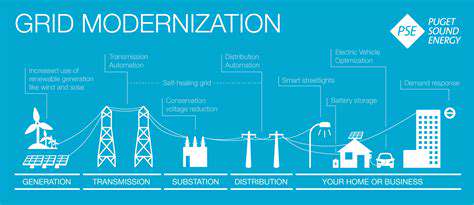
Emerging Technologies Shaping the Future
Artificial intelligence is fundamentally transforming energy storage management through predictive analytics and autonomous control systems. Machine learning algorithms now optimize battery performance in real-time, extending lifespans while maximizing efficiency. Concurrently, breakthroughs in materials science are yielding next-generation batteries with higher energy densities and faster charging capabilities.
Beyond electrochemical storage, researchers are exploring innovative approaches like gravity-based systems and advanced compressed air storage. These developments promise to address current limitations in storage duration and scalability, potentially revolutionizing how grids handle renewable energy integration.
Economic Shifts and Global Challenges
The global transition toward renewable energy is reshaping investment patterns and market dynamics. Volatile commodity prices and evolving regulatory landscapes demand flexible business models that can adapt to rapid changes. Energy storage projects now require sophisticated financial structures to account for both technological risks and shifting policy environments.
Supply chain considerations have become paramount, particularly for battery components like lithium and cobalt. Companies are developing innovative recycling programs and alternative chemistries to mitigate material shortages and price fluctuations. Strategic partnerships between utilities, technology providers, and financial institutions are proving essential for deploying storage solutions at scale.
Technological Disruption and Innovation
Digitalization is creating new paradigms for energy storage operation and maintenance. Cloud-based monitoring platforms enable predictive maintenance, while blockchain technology facilitates peer-to-peer energy trading between storage assets. Virtual power plants are emerging as aggregators of distributed storage resources, creating value through grid services and capacity markets.
Advanced power electronics are enhancing the interface between storage systems and the grid, improving response times and power quality. Meanwhile, hybrid systems that combine multiple storage technologies are demonstrating superior performance characteristics compared to single-technology solutions.
Social and Cultural Trends Influencing the Future
Community energy projects are gaining traction as local populations seek greater control over their power systems. Storage-enabled microgrids provide resilience against extreme weather events while empowering energy independence. This movement aligns with growing environmental consciousness among consumers, who increasingly favor sustainable energy solutions.
Workforce development has become critical as the storage industry expands. Training programs are evolving to address the specialized skills required for installing and maintaining advanced storage systems. Educational institutions are collaborating with industry to develop curricula that bridge the gap between traditional power engineering and emerging storage technologies.
